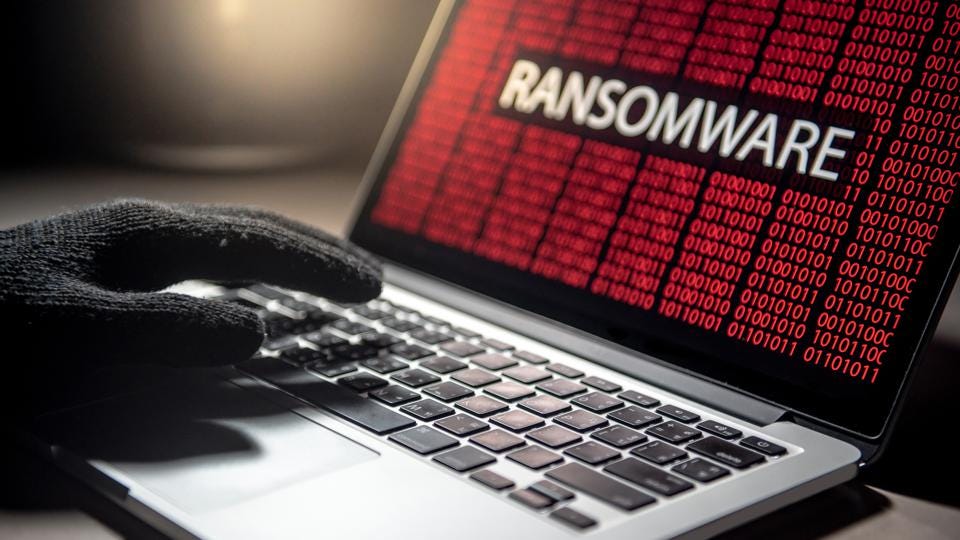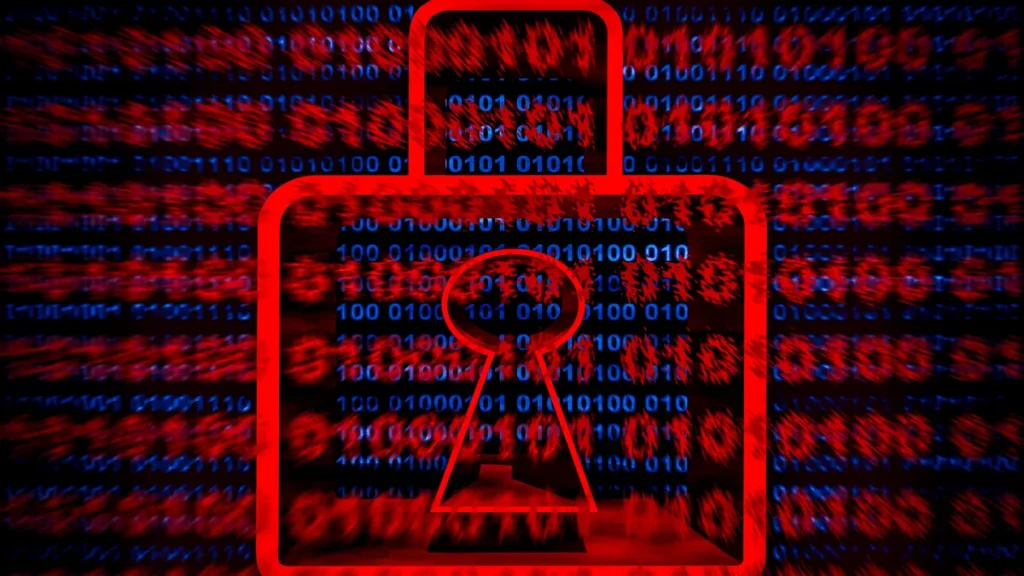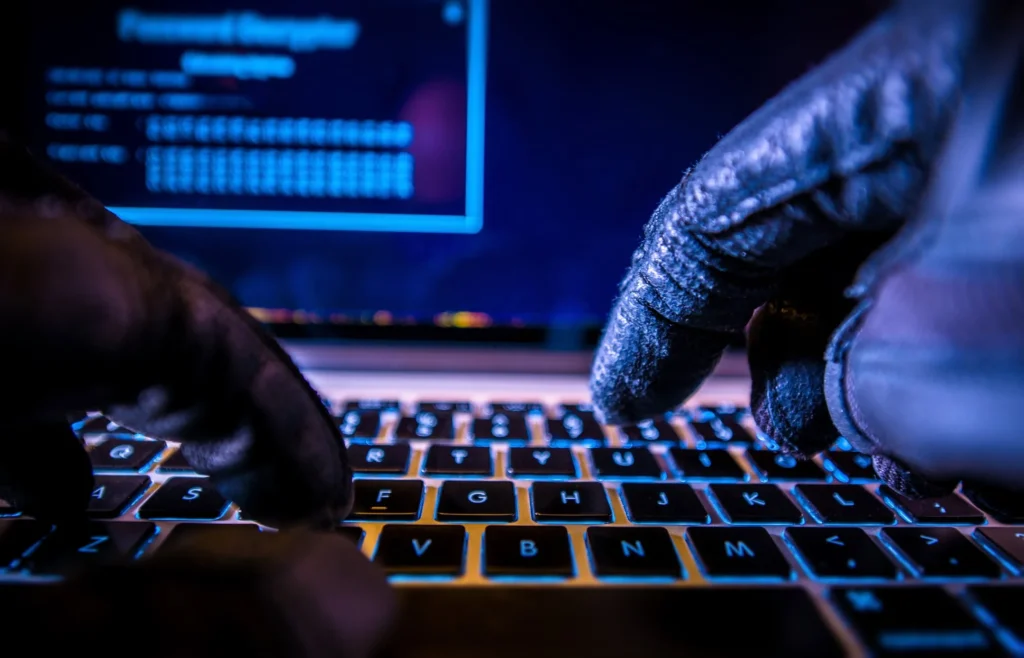How Does Ransomware Attack Happen? – 2024 Guide

As more and more people nowadays are using internet services, the threat of cyberattacks on their devices is also increasing. Fortunately, software developers are creating helpful programs to help you stay safe. You can download and install antivirus programs on your device to keep virus attacks and ransomware at a distance to protect your personal and financial data.
However, sometimes things may go out of hand, and there is little you can do to shield your data.
Ransomware and malware are among the most common threats harming electronic devices. If you don’t know much about cyberattacks, it is time for you to understand that both the terms are the same. You can use them interchangeably. But you must know that all ransomware is malware but not all malware is ransomware because malware includes ransomware, spyware, virus, spam bots, trojan horse, and adware.
What Do You Understand By Ransomware?

Just like any other virus, ransomware also encrypts your data or locks you out, asking you to pay a ransom to regain access to the lost files using a decryption key. Unless you pay a specified amount of ransom in exchange for the decryption key, you are unable to get your files back. Because of these issues, ransomware grew into a significant part of the risk knowledge in the last few years.
As a business person or an individual, it is vital to understand ransomware and its risks to a company. It is equally crucial to create and manage an effective response and recovery strategy to implement a workable risk intelligence software and keep the company assets, personnel data, and infrastructure safe.
You will know you are encountering a ransomware attack when you are denied access to all the internal files and programs. These threat actors and their TTP have become highly advanced today because they take on a diverse range of targets, spreading throughout a company’s infrastructure to target its file servers and database.
As cyberattacks are becoming more severe with time, ransomware actors are also using tactics to exert pressure from the outside to force an organization to pay a ransom. Their tactics include misusing confidential data, dozz executives, and spreading the word that the firm is unwilling to protect its personnel information. These tactics allow the attackers to increase the probability of obtaining money from the firm.
How Do the Ransomware Threat Actors Function?

You must understand now that ransomware threats are designed to infiltrate a system to misuse the personal and financial information of its personnel. It encrypts the data so no one can access it and then asks the victim to pay a ransom to decrypt it. Until the victim pays the specific amount to the threat actors, they cannot regain access to their lost files.
Here are the most common tactics employed by ransomware threat actors to demand money:
Leveraging Infiltration Vectors
To infect a firm’s database, the first step taken by the threat actors is gaining access to a system to leverage a variety of infiltration vectors, such as,
- Phishing emails contain dangerous links attached to malware that encourage people to click on it to infect their system, under the guise of being for a lawful purpose.
- Under drive-by downloading, people visit infected websites, allowing malware to spread through their device and harm the firm infrastructure to encrypt its data.
- Through Remote Desktop Protocol (RDP), these threat actors get the login credentials to access the organization’s network to execute an attack.
Encrypting the Organization Data

After employing multiple tactics to execute an attack, the ransomware threat actors encrypt the data to make it inaccessible to others, thus leveraging payment. This phase is the simplest because they build the functionality of encryption into an operating system.
It means the operating system allows the threat actors to access the data by using malware and then encrypting it through a unique key. When the old files replace the new ones, a firm loses its data forever. It makes them vulnerable to further breaches. You may check out Cytelligence to find the best cyber security solutions to protect your data.
Demanding Ransom From a Firm
When the threat actors are sure of locking a firm out of their systems, they demand ransom via a note. The note either displays as a background image of their device or in every encrypted directory, asking the victim to pay a certain sum to regain control of the infrastructure.
When the amount is settled, usually in a cryptocurrency, the victim receives an encryption key to restore its data and files. We hope now you know how ransomware attacks happen, although its implementation may vary depending on the threat group.
Advancement of Ransomware Attacks With Time

Ransomware threats have witnessed tremendous advancement in how they pick their targets and construct their attacks. Gone was the time when they would target larger groups at a time to enjoy a huge volume of lower value payments. Their target victims were random as they preyed upon whoever downloaded the infected files.
However, extortionist sites allowed them to target certain entities that could pay big ransoms in a single attack. Some victim-shaming websites made it impossible for the organizations to keep an attack private, forcing them to pay the ransom and allowing the perpetrators to make money quickly out of their fear of the loss of goodwill.
Besides holding your confidential data hostage, these threat actors may also release the private key to the public or the board of directors to further damage the company’s reputation and earn money out of it. Since ransomware threats make firms incapable of growing without giving in to their demands, they are becoming a significant issue in the corporate environment.
Parting Thoughts
A company can take multiple steps to strengthen its infrastructure against ransomware attacks. When the company personnel understands how to identify things that make them susceptible to such attacks, they may better protect the infrastructure.
To strengthen your company infrastructure, we suggest you upgrade the outdated software and devices, patch the operating system and browsers, backup the data, and prioritize cybersecurity awareness and training.




